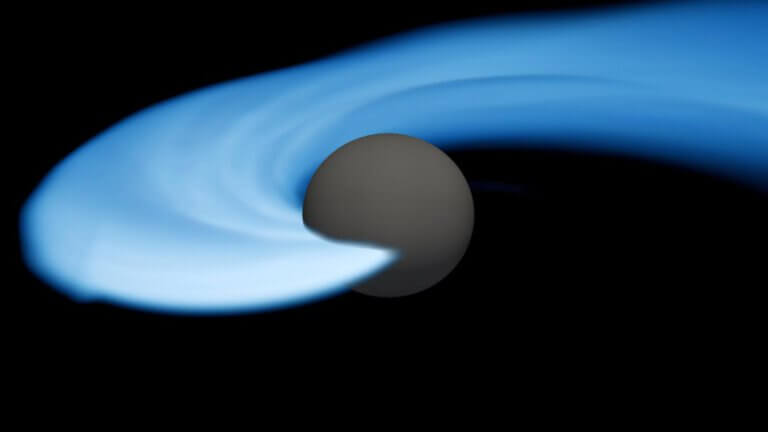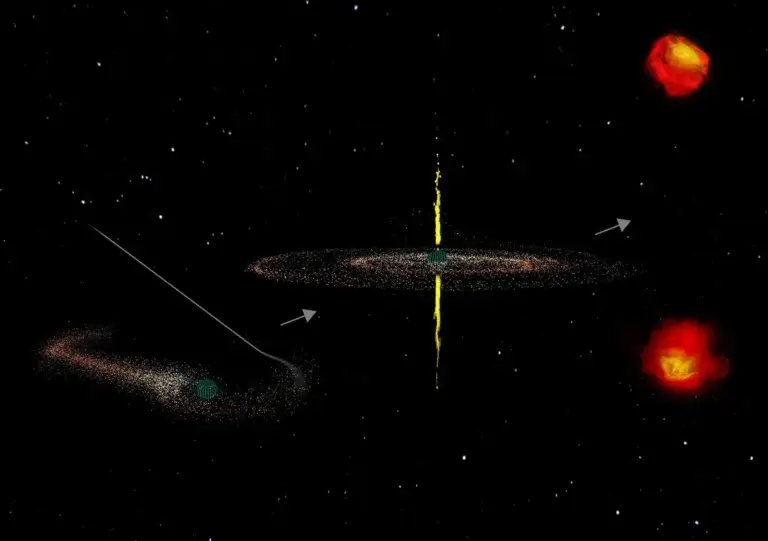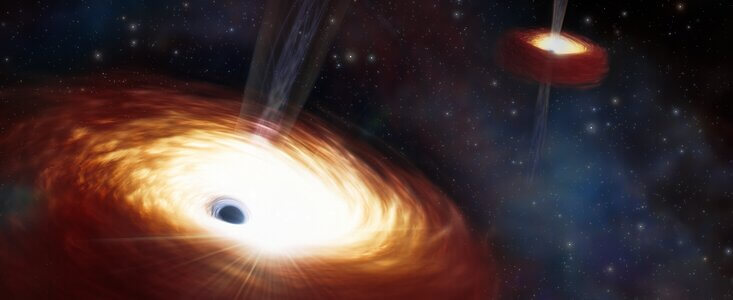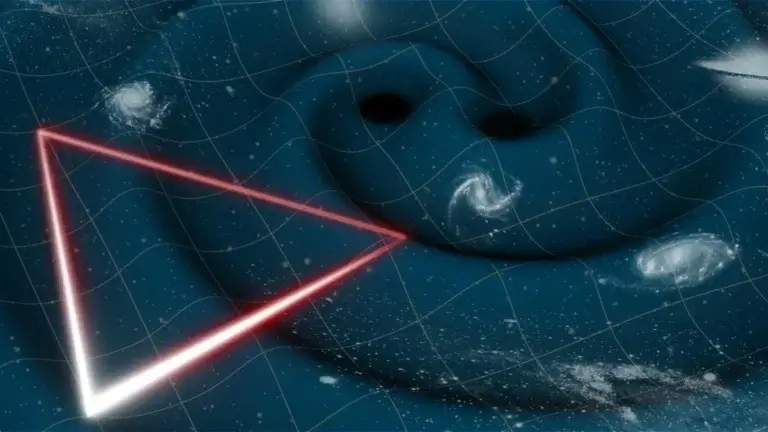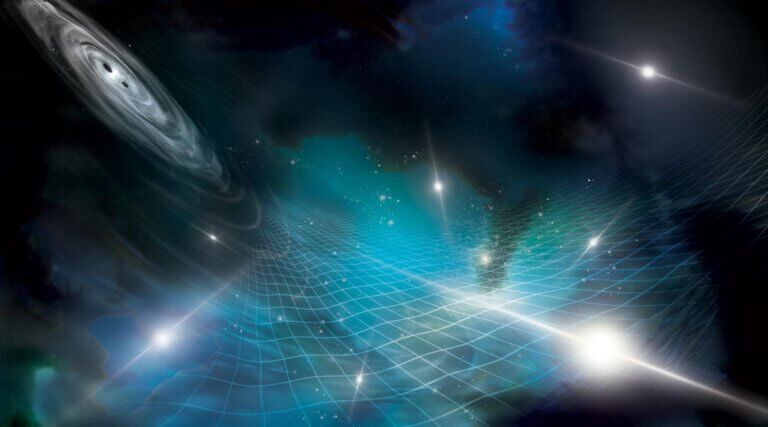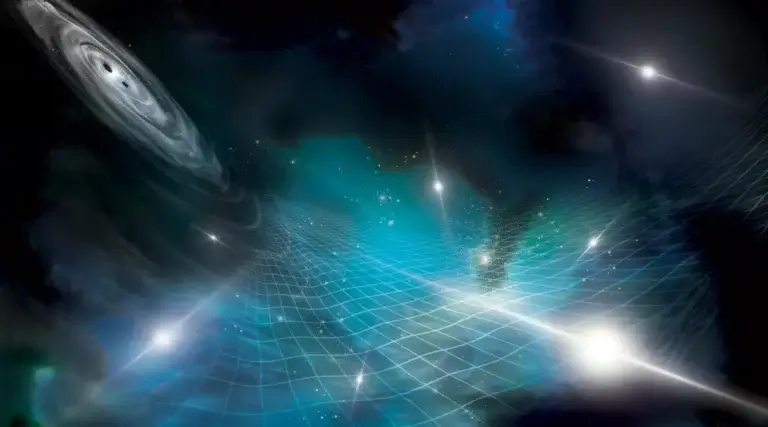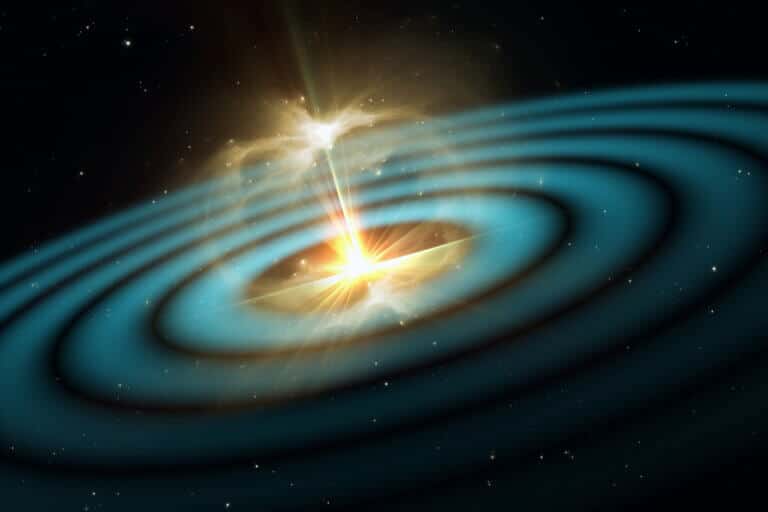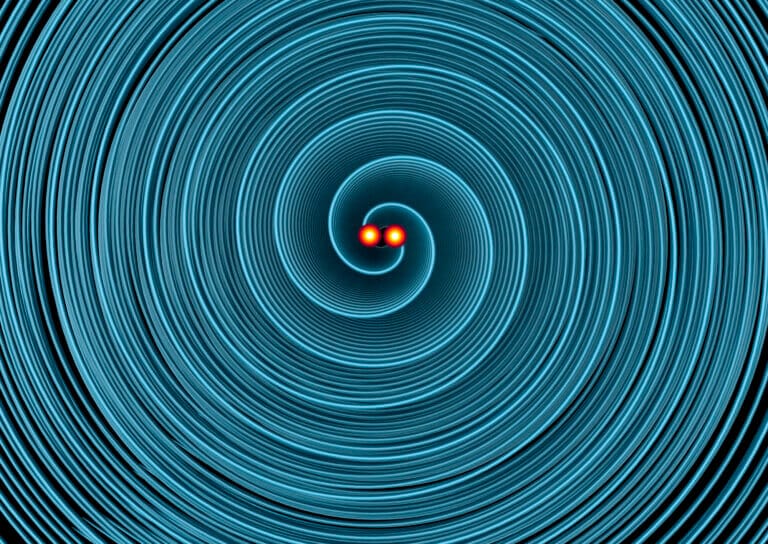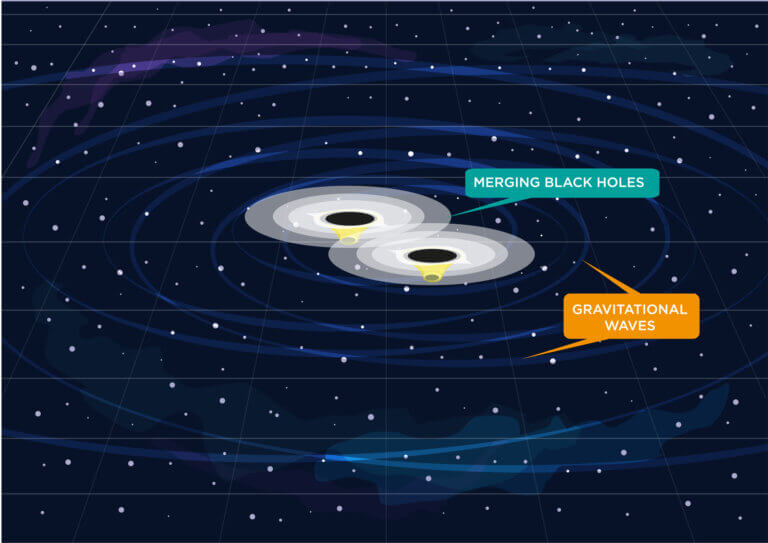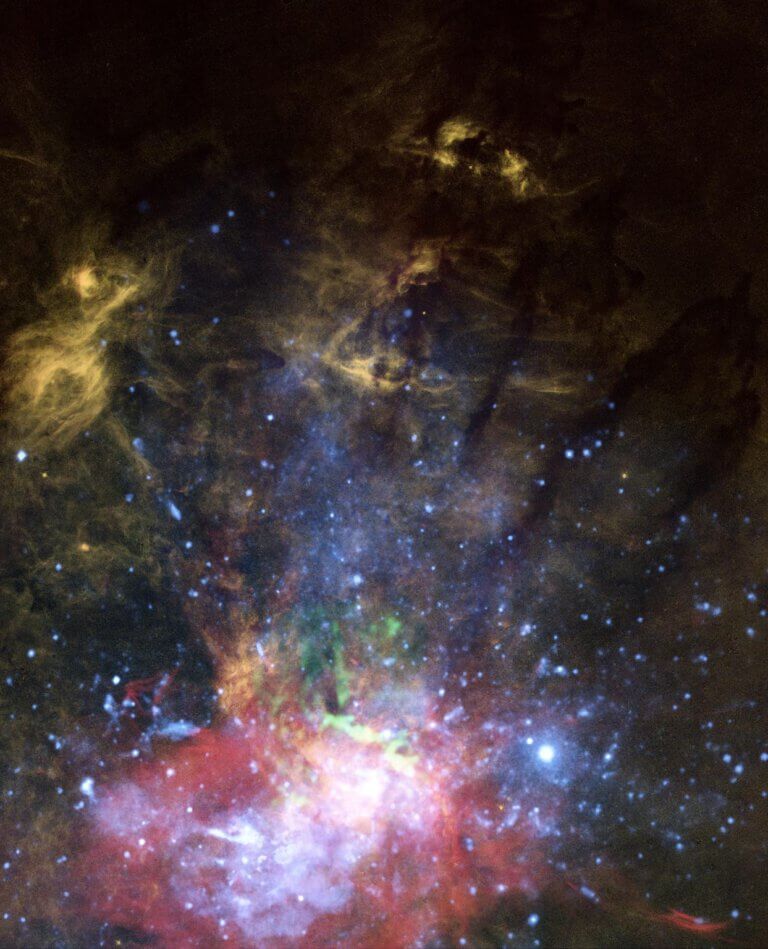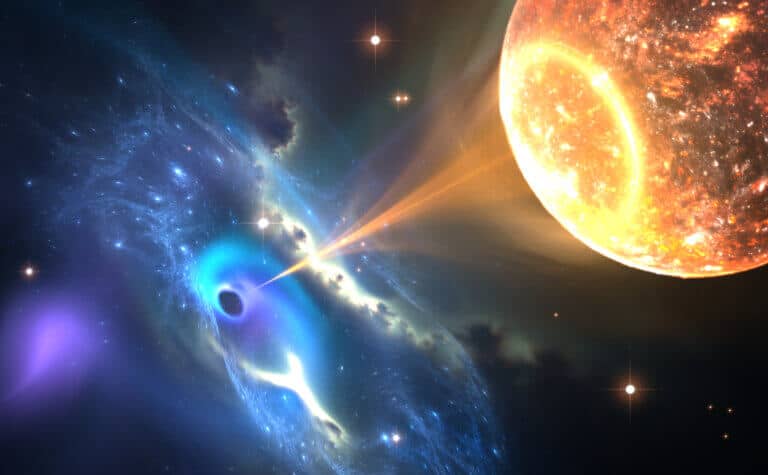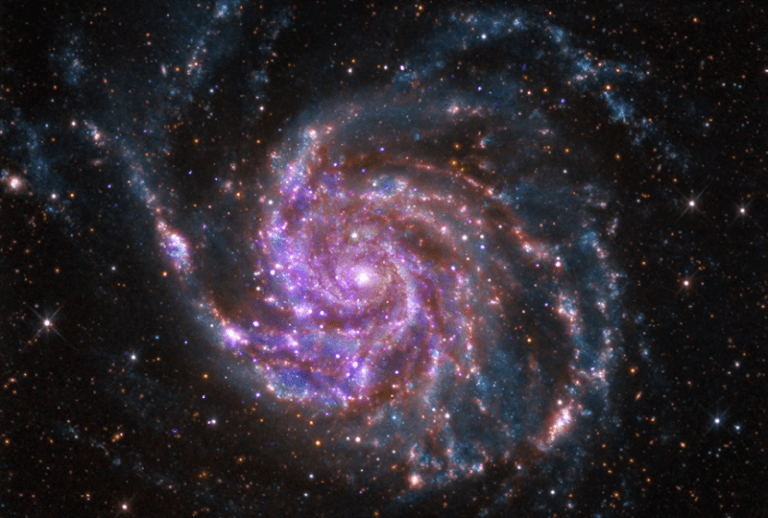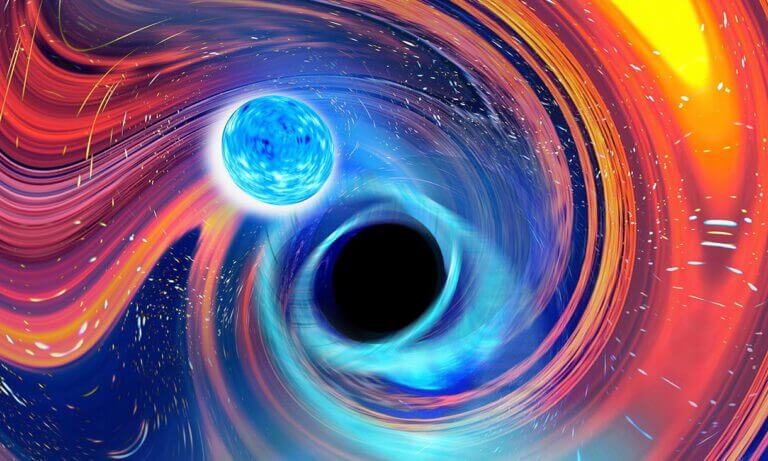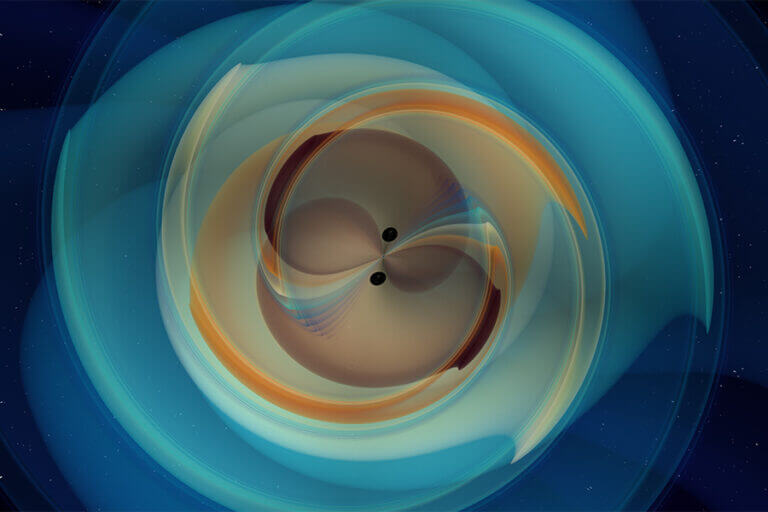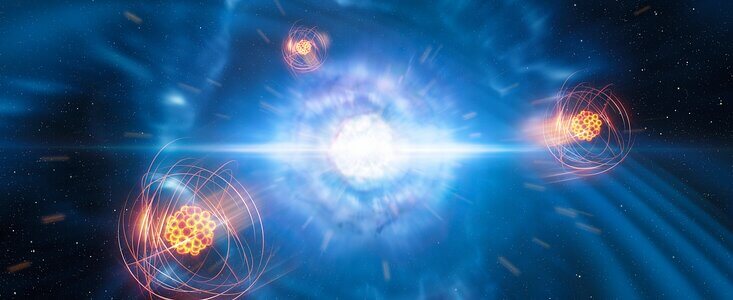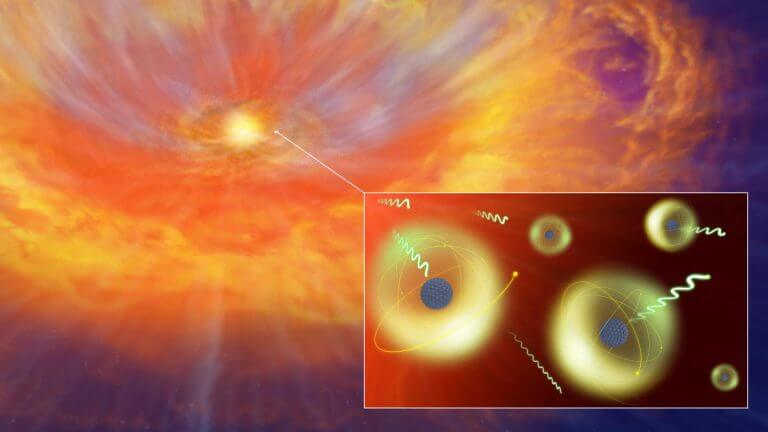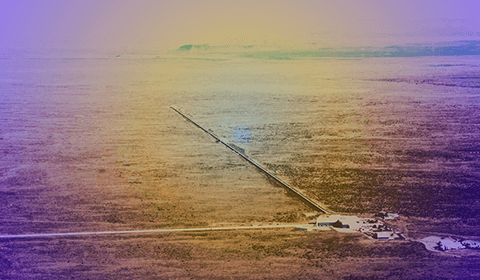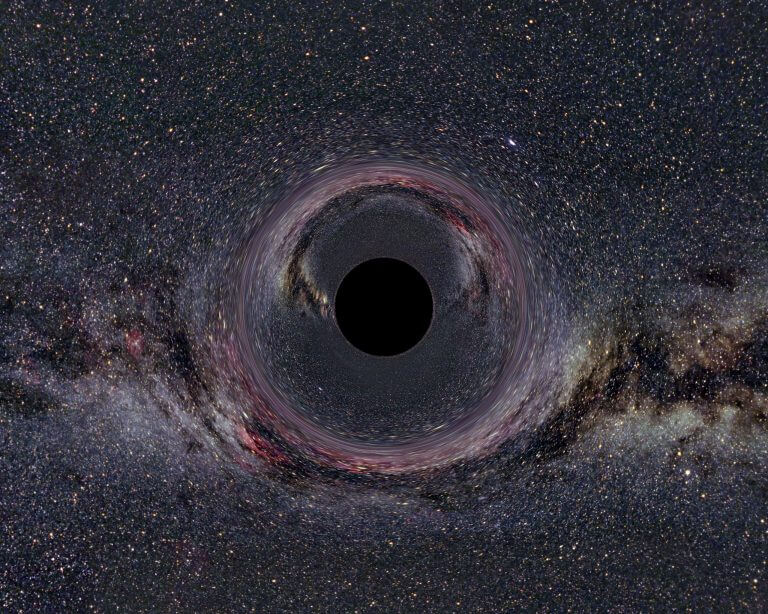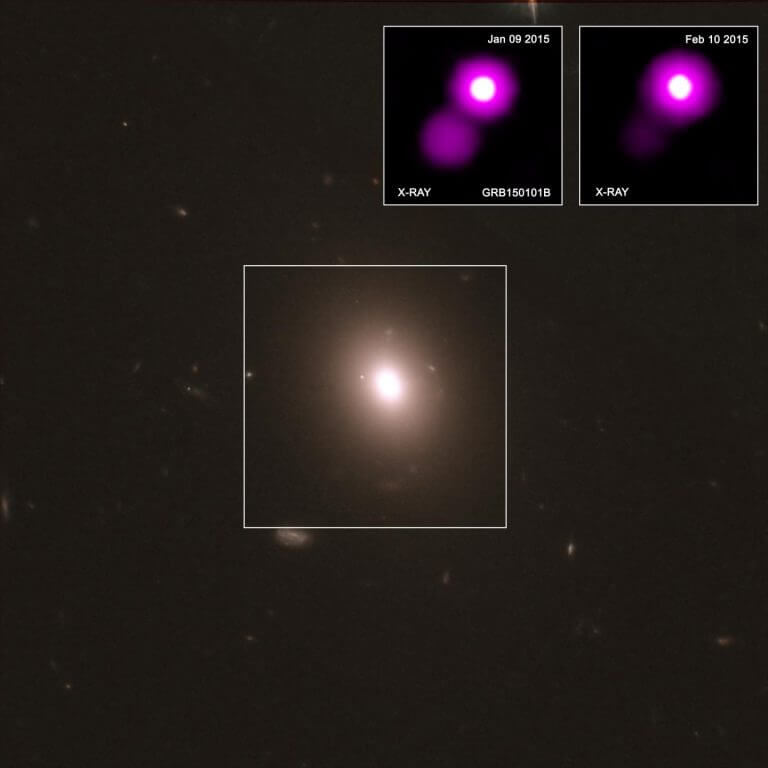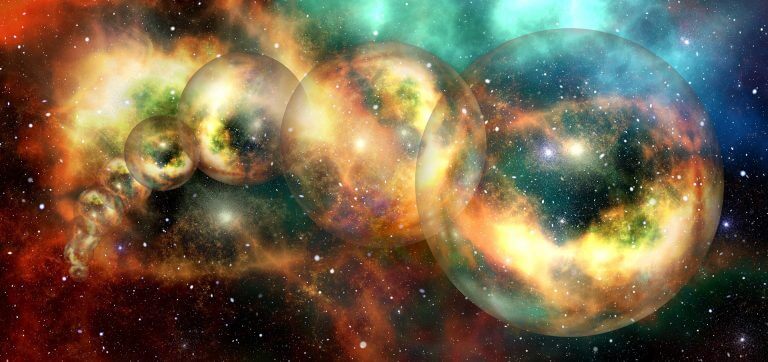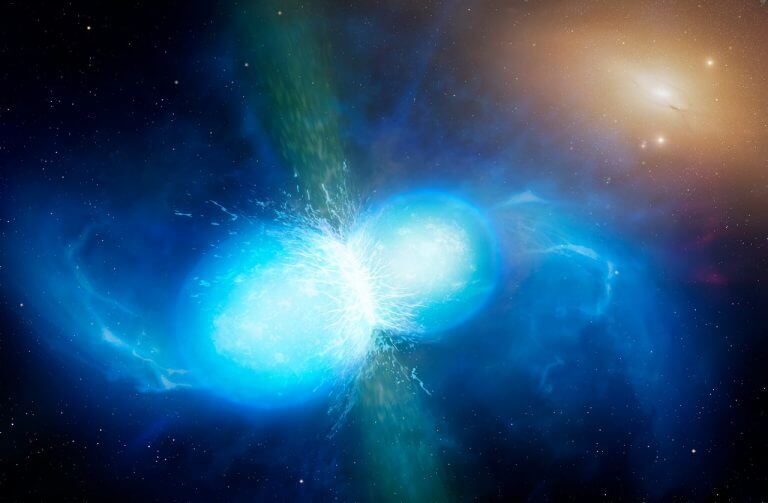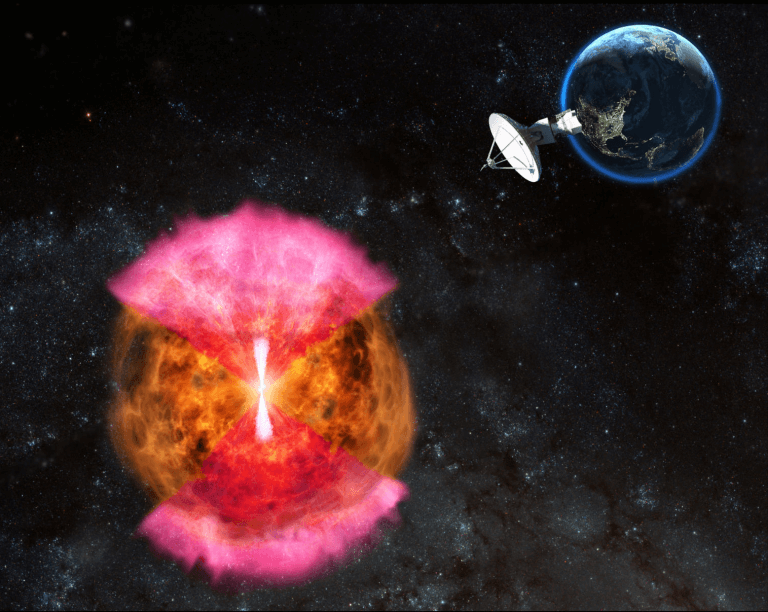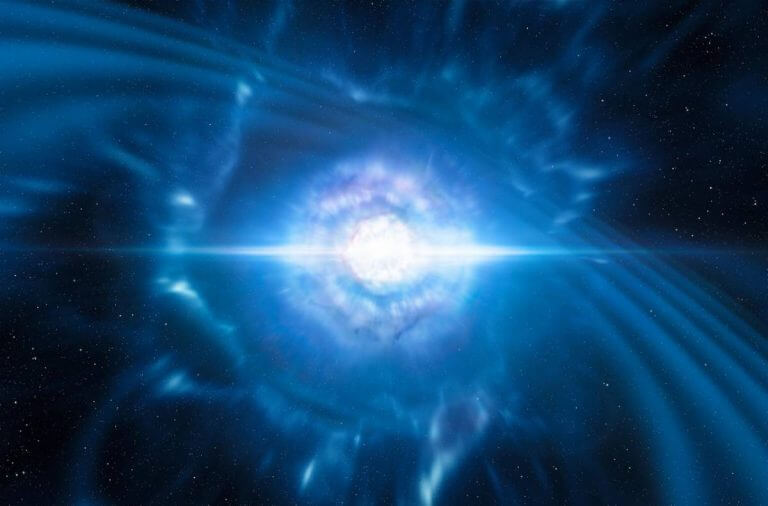Hayadan > Gravitational waves
Gravitational waves
- Avi Blizovsky
- April 21, 2024
- 2 תגובות
The analysis of the signal GW230529 picked up by LIGO shows that it originated from the merger of two compact objects, one with a mass between 1.2 and 2.0 times that of the Sun and the other with a mass slightly more than twice the first
- Avi Blizovsky
- April 7, 2024
- 3 תגובות
The CSOs emit jets for 5,000 years or less and then die out. "The CSO jets are very energetic jets but they seem to end, the jets stop flowing from the source
- Avi Blizovsky
- March 3, 2024
- 2 תגובות
Data from the Gemini North Telescope provide a possible explanation for the halting of the merger of a pair of supermassive black holes at the center of a galaxy
- Avi Blizovsky
- February 17, 2024
- 7 תגובות
The European Space Agency gets the green light for the first space observatory of its kind, dedicated to revealing space-time vibrations.
- Avi Blizovsky
- December 30, 2023
- 10 תגובות
A new theoretical analysis puts the probability that massive neutron stars harbor non-configurational quark nuclei between 80 and 90 percent. The result was achieved through massive computer runs using Bayesian statistical inference.
- Avi Blizovsky
- August 15, 2023
- 2 תגובות
"The effect of gravitational waves on pulsars is very weak and difficult to detect, but we built the credibility of the findings over time as we collected more data," said Caterina Cazziano, NANOGrav team member and senior lecturer at Caltech.
- Avi Blizovsky
- July 16, 2023
- One response
NANOGrav Discovers Stronger Gravitational Waves Than Ever, Apparently Created by Pairs of Supermassive Black Holes
- Avi Blizovsky
- June 19, 2023
- 2 תגובות
A significant development in thin layer technology could possibly improve the sensitivity of gravitational wave detectors.
- The Voice of Science website - the Israel National Science Foundation
- March 24, 2023
Gravitational wave analysis hints at the way black hole pairs are formed
- Avi Blizovsky
- June 15, 2022
- One response
A team of researchers from Australia recently made a new prediction about the strength of this gravitational wave signal. The new estimate is based on data from the MassiveBlack-II imager, which simulates a massive region of space that resembles a slice of our universe
- Avi Blizovsky
- December 21, 2021
- 4 תגובות
The Hubble Space Telescope photographed a bright knot of gas hit by an invisible jet from the black hole, which is only 15 light years away. The black hole must have looked bright billions of years ago as a quasar, when our young galaxy was fed by lots of infalling gas. But after all this time the black hole is acting sporadically, unwilling to take a nap
- Avi Blizovsky
- November 28, 2021
- 7 תגובות
The Laser Interferometer Gravitational Wave Observatory (LIGO) in the US and the Virago Gravitational Wave Observatory in Italy captured the gravitational waves from the death spiral and merger of a neutron star with a black hole, not once but twice. The findings were recently published in The Astrophysical Journal Letters
- Noam Chai
- October 21, 2021
- 15 תגובות
Researchers from Prague published in the prestigious journal Physical Review Letters an alternative model for dark matter based on MOND that succeeds in predicting the existence of the cosmic background radiation. This is a significant achievement that the MOND model has so far failed to explain, and for this it has received most of the criticism against it. the price? Two new fields in Teva. The authors of the article hope in the future to prove its existence with the help of the model's unique fingerprints on the gravitational waves.
- Universe Today
- July 12, 2021
- One response
A rare event that occurred in January 2020 still fascinates scientists, who are trying to learn about the structure of the neutron star with its help
- Avi Blizovsky
- September 6, 2020
- 8 תגובות
A binary black hole merger probably created gravitational waves equal to the energy of eight suns * "Bang" in the Ligo and Virgo detectors is a signal for the source of the most massive gravitational waves ever
- Avi Blizovsky
- October 24, 2019
- 2 תגובות
- Dr. Moshe Nahamani
- April 21, 2019
- 3 תגובות
- Avi Blizovsky
- March 25, 2019
- 16 תגובות
- Science site The Conversation
- December 30, 2018
- 2 תגובות
- Avi Blizovsky
- October 21, 2018
- One response
- Noam Chai
- October 7, 2018
- 3 תגובות
- Noam Chai
- July 15, 2018
- One response
- Avi Blizovsky
- December 31, 2017
- 4 תגובות
- The Hebrew University
- December 26, 2017
- No comments
- Avi Blizovsky
- October 18, 2017
- 4 תגובות

